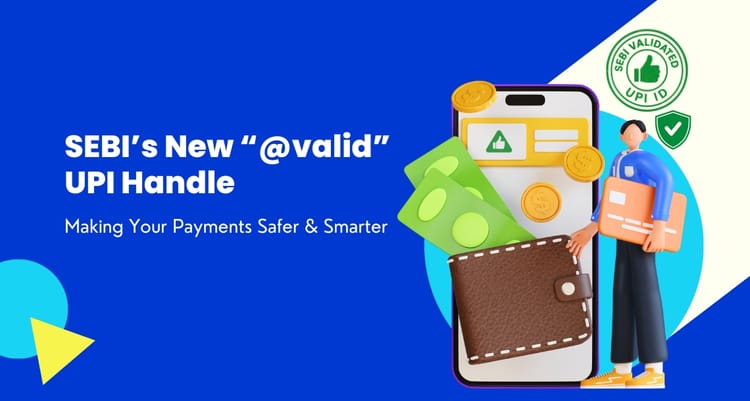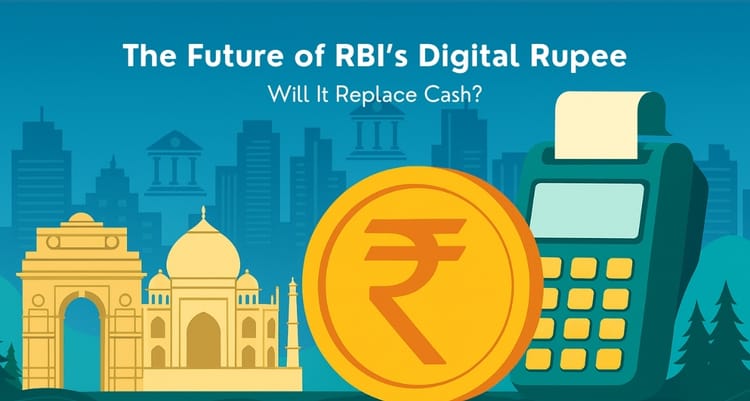Future of Finance in India: Fintech and Digital Payments Unveiled

In recent years, India has witnessed a remarkable transformation in its financial landscape, driven by the rapid evolution of fintech and digital payment solutions. These innovative technologies have disrupted traditional financial services, revolutionizing the way people transact, save, and invest. In this blog, we will delve into the themes reshaping the future of financial services in India, exploring the promising trends of fintech and digital payments that are shaping a more inclusive and efficient financial ecosystem.
Digital Wallets and Mobile Payments: Empowering Financial Inclusion
Digital wallets and mobile payment platforms have gained widespread popularity in India, bringing financial services to the fingertips of millions. With the increasing penetration of smartphones and internet connectivity, even individuals in remote areas can now access a range of financial services, making transactions more convenient and secure.
Unified Payments Interface (UPI): Transforming Fund Transfers
The Unified Payments Interface (UPI) has emerged as a game-changer in India's digital payment landscape. Facilitating instant fund transfers between banks through mobile applications, UPI has revolutionized the way people send and receive money, making it an essential component of the digital payment ecosystem.
Contactless Payments and NFC Technology: Safe and Swift Transactions
Contactless payments, enabled by Near Field Communication (NFC) technology, have gained prominence in India. With the pandemic emphasizing the importance of touchless transactions, contactless payments offer a secure and efficient way to pay for goods and services, reducing the reliance on cash.
Digital Lending Platforms: Access to Credit for All
Fintech-driven digital lending platforms have democratized access to credit for individuals and businesses in India. Using alternative data and advanced algorithms, these platforms offer quick and convenient loan approvals, promoting financial inclusion and fostering entrepreneurship.
Robo-Advisors and Personal Finance Apps: Smart Investment Solutions
Robo-advisors and personal finance apps are empowering individuals to make smarter investment decisions. Through automated algorithms and tailored recommendations, these platforms help investors manage their portfolios more efficiently and cost-effectively.
Blockchain and Cryptocurrencies: The Future of Finance
Blockchain technology and cryptocurrencies are making waves in India, promising secure and transparent transactions. As regulators explore the potential of blockchain and consider regulations for cryptocurrencies, the landscape of digital assets in India is evolving rapidly.
Open Banking and API Integration: Enhancing Financial Services
Open banking and Application Programming Interface (API) integration are transforming the way financial institutions interact and share data. This collaborative approach fosters innovation, leading to the development of new financial products and services that cater to the diverse needs of consumers.
Conclusion
Fintech and digital payments are reshaping the future of financial services in India, bringing convenience, efficiency, and inclusivity to the forefront. As innovative technologies continue to evolve, the financial ecosystem in India is becoming more accessible and robust. Embracing the themes of digital wallets, UPI, contactless payments, digital lending, robo-advisors, blockchain, and open banking will undoubtedly lead India towards a more financially empowered and tech-savvy future. With fintech at the forefront, the nation is poised to realize its vision of becoming a digitally transformed economy, enhancing the lives of millions and fostering financial prosperity for all.
FAQ
1. What are digital wallets and how do they empower financial inclusion in India?
Digital wallets are mobile applications that allow users to store and manage their money digitally. They enable easy and secure transactions, making financial services accessible to even those in remote areas, thus promoting financial inclusion.
2. How has the Unified Payments Interface (UPI) transformed fund transfers in India?
UPI has revolutionized fund transfers by enabling instant money transfers between bank accounts through mobile applications. It has simplified the process of sending and receiving money, making digital payments more efficient and widespread.
3. What are contactless payments and how do they work?
Contactless payments use Near Field Communication (NFC) technology to allow transactions without physical contact. Users simply tap their NFC-enabled cards or mobile devices on a payment terminal to complete a transaction, ensuring swift and secure payments.
4. How have digital lending platforms improved access to credit in India?
Digital lending platforms use advanced algorithms and alternative data to offer quick loan approvals. They provide credit access to individuals and businesses who may not have been served by traditional banking systems, thus fostering financial inclusion and entrepreneurship.
5. What are robo-advisors and how do they assist with investment decisions?
Robo-advisors are automated platforms that use algorithms to provide personalized investment advice. They help users manage their portfolios efficiently by offering tailored recommendations based on their financial goals and risk tolerance.
6. What role do blockchain and cryptocurrencies play in India's financial future?
Blockchain technology ensures secure and transparent transactions, while cryptocurrencies offer a new form of digital assets. As India explores regulations for cryptocurrencies, these technologies are set to significantly impact the future of finance in the country.
7. How does open banking and API integration enhance financial services?
Open banking and API integration allow financial institutions to share data and collaborate, fostering innovation. This leads to the development of new financial products and services that cater to diverse consumer needs, enhancing the overall financial ecosystem.
8. What are the benefits of using personal finance apps?
Personal finance apps help users manage their money more effectively by offering features like budgeting, expense tracking, and financial goal setting. These apps provide insights and recommendations to improve financial health.
9. How has the pandemic influenced the adoption of contactless payments in India?
The pandemic has accelerated the adoption of contactless payments as people sought safer, touch-free transaction methods. This shift has increased the use of NFC-enabled cards and mobile payments for everyday transactions.
10. What are the key trends shaping the future of fintech in India?
Key trends include the rise of digital wallets, the widespread adoption of UPI, the growth of digital lending platforms, the emergence of robo-advisors, the exploration of blockchain and cryptocurrencies, and the integration of open banking APIs.
11. How can fintech contribute to India's vision of becoming a digitally transformed economy?
Fintech can drive digital transformation by providing accessible, efficient, and inclusive financial services. By leveraging advanced technologies, fintech can enhance financial literacy, promote economic growth, and improve the overall quality of life for millions of Indians.
12. What are the potential challenges for fintech and digital payments in India?
Potential challenges include regulatory uncertainties, cybersecurity threats, digital literacy barriers, and ensuring seamless integration of new technologies with existing financial systems. Addressing these challenges is crucial for the sustainable growth of fintech in India.






Member discussion